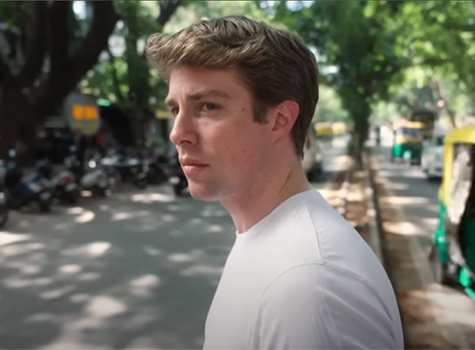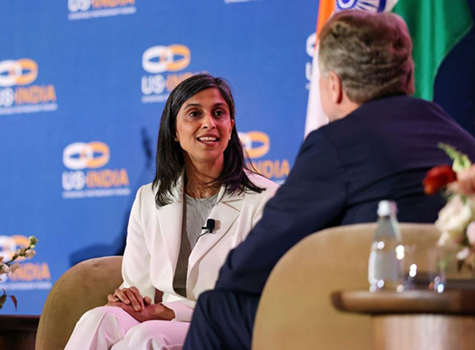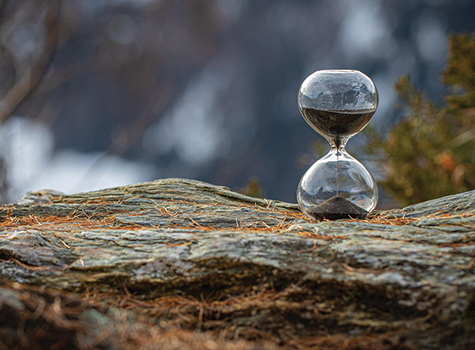
When I was little, I watched Mohiniyattam dance style performed by a few well-known artists. I loved the graceful movements and the white costumes. So, years later I made an attempt to learn Mohiniyattam with an instructor in Baroda, India. I finished fundamentals and the first sloka (Prayer song), but the teacher had to relocate. There are not many dance teachers to promote this dance style outside Kerala. So, the probabilities of finding them elsewhere became too slim.
Let me share some basic information about this graceful dance style.
Among all characters in Indian mythology, Mohini or an enchantress is unique, filled with beauty and seduction. The famous story of churning the milky ocean for nectar is directly connected to this beautiful dance form. The story is about the gods and the demons churning the milky ocean to extract the elixir of life. When the nectar of life was found, the demons literally took the divine brew by force. Following the incident, Lord Vishnu came to the rescue of the gods. He allured the demons by taking the form of a woman with outstanding beauty called Mohini and stole the elixir of life from them and handed it to the gods. The enticing acts of Mohini are reflected in the dance form of Mohiniyattam or also spelled as Mohiniattam.
One among the eight Indian classical dance forms, Mohiniyattam is a graceful dance to watch and is a solo recital by women. The term Mohiniyattam comes from the words Mohini meaning a woman who enchants onlookers and aattam meaning graceful and sensuous body movements. Thus, the word Mohiniyattam literally means – dance of the enchantress.
 This dance form said to have originated in Kerala. It is closely related to Bharatha Natyam of Tamil Nadu, which was originally called ‘ Dasiyattam‘. Originated as the temple dance performed by Devadasis, it portrays feminine love in its countless forms such as devotional and maternal forms with increased emphasis on Lasya and Bhava (expressions). In the main items Cholkettu, Padavarnam and Padam, mudras (hand gestures) and facial expressions are more important than the rhythmic steps.
This dance form said to have originated in Kerala. It is closely related to Bharatha Natyam of Tamil Nadu, which was originally called ‘ Dasiyattam‘. Originated as the temple dance performed by Devadasis, it portrays feminine love in its countless forms such as devotional and maternal forms with increased emphasis on Lasya and Bhava (expressions). In the main items Cholkettu, Padavarnam and Padam, mudras (hand gestures) and facial expressions are more important than the rhythmic steps.
This dance form also has elements of other performing art forms of Kerala such as Koothu and Kutiyattam. Besides, Mohiniyattam also came under the influence of two other south Indian dance forms – Bharathanatyam and Kathakali. Mohiniyattam in its early days went through ups and downs, which eventually received support during the reign of King Swathi Thirunal. Costumes and ornaments of Mohiniyattam have much in common with female characters of Kutiyattam and Kathakali.
Originally, Mohiniyattam was performed only in Temple’s premises and royal courts. The first reference to Mohiniyattam is found in ‘ Vyavaharamala‘ composed by Mazhamangalam Narayanan Namboodiri, of 16th century AD. Major contributions to this art form were made by Maharaja Swathi Thirunal, Irayimman Thampi and Kuttikunju Thankachi.
Mohiniyattam comprises about 40 different basic movements called adavukal and its performance style is marked by the swaying of hips and the gentle movements with straight body posture from side-to-side. This dance like many other classical dance forms of India follows the sign language (mudras) as described in the ancient treatise on Hastha Lakshanadeepika to convey the story. These mudras are expressed through fingers and palms of the hands.
Most of the dances of Mohiniyattam are similar to Bharatha Natyam and Kuchipudi, though subtle differences in styles are obvious. The language used in the lyrics is a pleasant mixture of Malayalam and Sanskrit, known as Manipravalam. Formerly, the Padams were especially composed to include only Sringararasa (expressions of love). Now a days, artists are using any classical or semi-classical compositions, even from other languages within India. The real beauty of Mohiniyattam comes through when mature ladies enact the romantic Padams specially written to present the Ashta Nayikas (eight heroines).
The accompaniments for Mohiniyattam are Vocal, Veena, Venu, Maddalam and Idakka. Other instruments are also not unusual. Primary emphasis is placed on gestures and facial expressions. The mudras (hand gestures) are almost always same as those employed in Kathakali. The artists try to enact the lyrics almost in its entirety, like in Kathakali.
The unique costume of this dance style, takes away any distractions of bright costume colors and helps audience focus on the beauty of the dance itself. Simple, yet elegant costume is one of the aspects that give Mohiniyattam a unique identity among all classical dance forms of India. The attire for Mohiniyattam consists of a simple off-white sari, bordered with broad golden brocade (called kasavu in Malayalam) or sometimes red borders. It is worn with a huge pleated fan in front and artistic gold jewelry. In addition, the hair style is also unique. Here the hair bun encircled with jasmine flowers is worn diagonally on the left side of the dancer’s head. The ankle bells are worn suggesting a hint of quite movements.
I hope someday this beautiful classical dance style would be propagated as other popular dance styles of India.
———-
For questions or comments contact Maha via e-mail at: Gingrichmaha@gmail.com
Posted: Friday, March 6, 2020



